
Factual error: When Ray leaves his wife Gina and his car is hit by the truck he should still be in England, but when he is being chased through the streets he is in South Africa, the cops in the car are not in English police uniforms or vehicle, police livery is incorrect, and all vehicles have South Africa plates, not English number plates.

Factual error: The old percussion double barrel shotgun is firing modern shotgun shells, which would never work or fit in that gun, and furthermore are also made of plastic, wrong for the era.

Factual error: The "hard suits" the divers wear have soft, relatively normal gloves and soft joints. More akin to a football uniform with armor over spandex. They are at the bottom of the Mariana Trench, at 36,0000 feet below sea level. The pressure is over 7,000 psi. Without a hard suit, they would instantly be crushed.
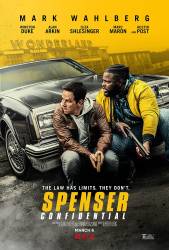
Factual error: The Corvette owned by Bentwood is not a Z06 as shown in the movie. It is a 2014 C7 Stingray and can be identified by the Stingray logo on the side of the car.
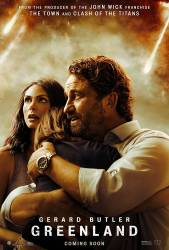
Factual error: Smaller pieces of the comet start raining down in a highway setting. While small fragments of a comet can come down, they'd all be traveling at anywhere between 20 miles per second as the comet is an extra-solar comet. Those small pieces wouldn't make such piddling explosions, they'd be creating concussion waves that would rupture your organs and send vehicles flying. The heat even from those small rocks would ignite all foliage within 50-100 yards. (01:31:00 - 01:34:00)
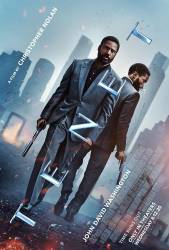
Factual error: When first sucking a bullet from the wall into his gun, he then opens the previously empty magazine to find the bullet. Given he didn't work the slide (forwards or in reverse), the round should not be in the magazine, but in the gun's chamber ready to fire. (00:14:00)
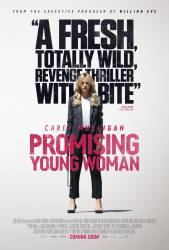
Factual error: SPOILERS! While the ending of Al being arrested for murder at his own wedding is dramatic and cathartic, it wouldn't have happened that way. There's no way that the cops would have known to search the wooded area near the cabin; they would have needed to find physical evidence linking the cabin to Al; they would have needed to establish that Al had no alibi for the time in question; etc. None of that would have happened that quickly or that quietly.
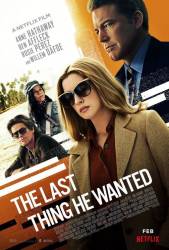
Factual error: The USMC Embassy Guard is an enlisted Marine Sgt. He is wearing a Commissioned USMC Officer's cover (hat) that has gold braid and gold oak leaf motifs on the visor. (01:20:15)

Factual error: The Blackledges' car has a license plate that starts with 34. Montana uses the first two numbers on their plates to identify the county that the driver lives in. 34 is the number for Sheridan County which is in northeastern Montana where there are no mountains in sight, but the Blackledge ranch is set near the foothills of a mountain range as you would see in western Montana.
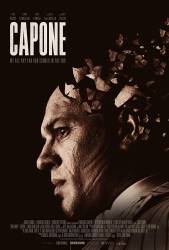
Factual error: While on the fishing boat, the flag flown has 50 stars, while the movie is set in 1941. The US didn't have 50 states, and thus that flag, until 1959. (00:30:08)

Factual error: When John Thornton is in the bar, Hal comes up and punches him in the face. They fight and argue, and Thornton proceeds to say that Hal "sucker punched" him. However, the term sucker punch was first known to be used in 1926 while Call of the Wild was published in 1903. The story itself took place in the 1890s.
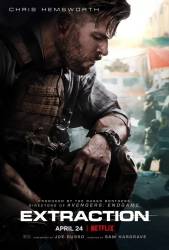
Factual error: The river that Tyler Rake falls into near the end of the film, the Buriganga, is one of the most polluted rivers not only in Bangladesh, but in the world. There is no way the water is as clear as it appears when Tyler falls into it. It was done for effect, but nonetheless it's not accurate.
Suggested correction: The river is certainly polluted. But unless you have evidence of the view from under the surface, looking up, with the sun shining down, it's impossible to say that the water in that situation wouldn't look as clear as shown.

Factual error: Not only Mulan's horse is able to outrun an avalanche (at the beginning even unseen by the large enemy army who does not even notice the event occurring), but it also gallops through it undisturbed while Honghui is being carried away depicted as being in serious danger. (01:09:30)
Suggested correction: This is consistent with what you see throughout the whole film: Mulan consistently breaks the laws of physics because her "Chi" is strong. (Translating it to the Star Wars lingo: Strong with her The Force is.) Five minutes before (video time, not in-film time) she reversed the flight direction of a spear. This is a fantasy film and is supposed to do all of this; we watch it knowing that magic, "Chi", and The Force are not real.
That's a composition fallacy.
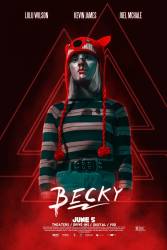
Factual error: Apex, played by Robert Maillet (a retired professional wrestler 6'11" and 350 pounds), forcefully slams Becky (played by 5' tall fifteen-year-old Lulu Wilson who probably weighs under 100 pounds) horizontally with her back hitting the ground from waist-high yet Becky is able to get up with no incapacitating injury that would be expected. Becky also manages to brutally kill him (as well as the three other neo-Nazis).

Factual error: 1. Turntables used by radio stations have no repeat play function; they are strictly manual operation. 2. Even if they did, continuous play of one 45rpm record would have eventually elicited a skip, and later the complete wearing through of the vinyl by friction of the needle. (01:25:40)
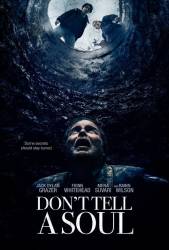
Factual error: The manner in which "Hamby" fell into the hole (or well) did not reflect physics or reality. He was running/chasing Joey and Matt. Whenever one walks or runs, one's feet are never straight down together (like standing), so only one foot could have been over the hole or failed to clear it. Hamby should have tripped and fallen over (face forward) with his upper body landing past the hole. This should have kept him from falling straight down into the hole (as if dropped from above the hole).
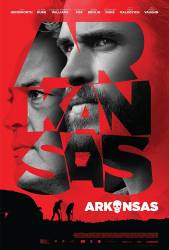
Factual error: It would not be possible for Kyle to see the woman breast-feeding - and certainly not as shown. Kyle was driving an SUV in the left lane and Swin was the front-seat passenger. When a car was approaching the SUV from the right-hand lane and the rear passenger area was approximately side-by-side at the SUV's passenger window (which is DARK-TINTED!), Swin looked toward the car, but his face was right in front of the frame around the windows - he would, at most, see the woman's left shoulder... and the baby was feeding "on the right." I doubt Kyle would have been able to see any part of the woman when he turned his head to look. At most (and this is unlikely given the height of the SUV), he might have gotten a partial glimpse of the woman's left shoulder and only after the car she was riding in was in front of the SUV's windshield (but still in the right-hand lane). (00:07:20)
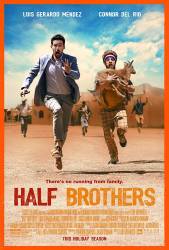
Factual error: Renato and Asher could not just fly from the USA to Mexico; they'd need permission to fly and crossed a border without a passport.

Factual error: The Mahindra tractor in the film is newer than the 1980's setting. The tractor appears to be a '90's model. Mahindra tractors were not in the American market in the 1980's. Also, the "plow" used in the plowing scene was actually a "middle buster" plow. This plow would not be used at this stage or soil preparation. A turning plow would have been more accurate.

Factual error: The film consistently mistakes Absinthe ban with Thujone ban. The United States Food and Drug Administration (US FDA) lifted the ban on Absinthe in 2007, 13 years before the events of this film. Thujone is still banned, and Absinthe products must contain less than 10 mg/kg Thujone content.